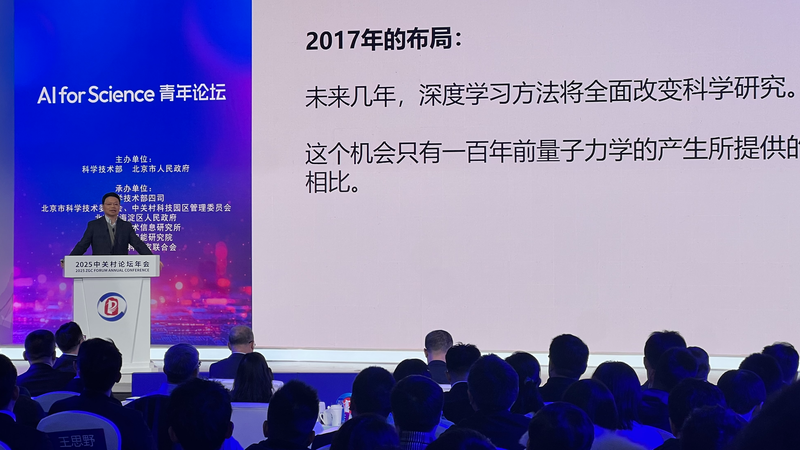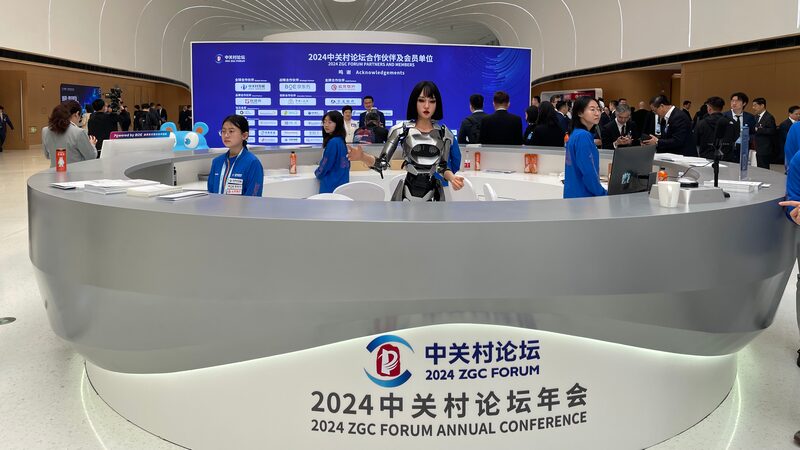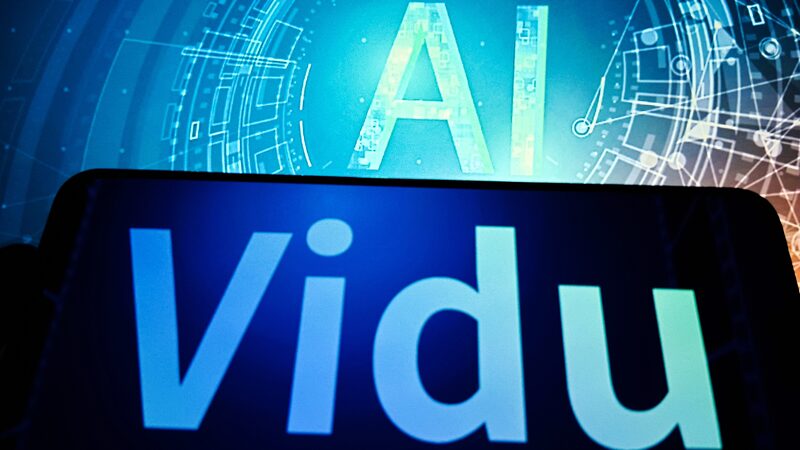At the 2025 Zhongguancun Forum, where tech giants, academics, and innovators gathered to discuss AI’s future, experts dropped a truth bomb: While artificial intelligence is turbocharging research tools, the eureka moments of science still rely on human brilliance. 🔍
Professor E Weinan, a heavyweight in both Chinese and global science circles, set the tone: "We’re missing a true large language model for science." Translation? AI needs to level up from being a lab assistant to becoming a co-pilot in discovery. 🚀
China’s been chasing this vision since 2017, but even tech leaders like Shanghai AI Lab’s Zhou Bowen admit current AI tools are more "upgrades" than "game-changers." The real revolution? Building systems that supercharge science from start to finish. 💡
Meet the Innovators
Enter DP Technology, a Beijing-based trailblazer launching a platform that automates cross-disciplinary experiments. Think "science on autopilot" – blending AI, physics models, and big computing power to speed up breakthroughs in drug development and clean energy. Their goal? Turning years of R&D into months. ⏳➡️⚡
Data Dilemmas & Global Team-Ups 🌐
A new China-U.S. report reveals these AI powerhouses lead in collaborative research, with life sciences and materials science as top priorities. But hurdles remain – from sky-high data costs to regulatory sensitivities. Still, with 20 national science data hubs now live across the Chinese mainland, the race for AI-driven discovery is officially on. 🏎️
As one speaker put it: "This isn’t just about smarter tools – it’s about rewriting how humanity solves its biggest challenges." Buckle up, science fans. 🔬✨
Reference(s):
AI for Science: Bridging the gap between tools and systemic innovation
cgtn.com







